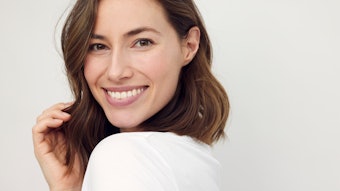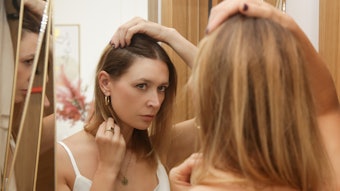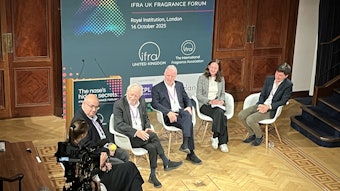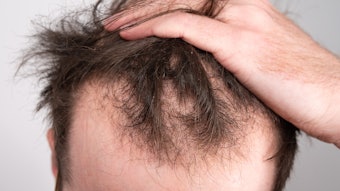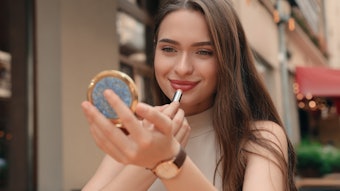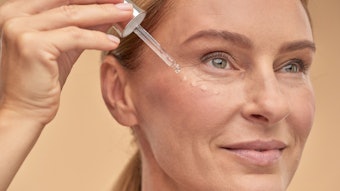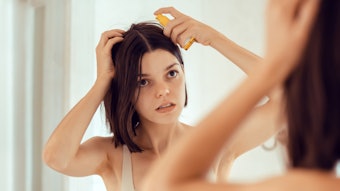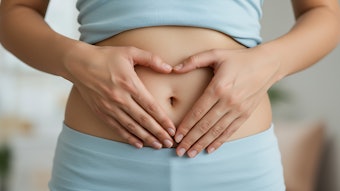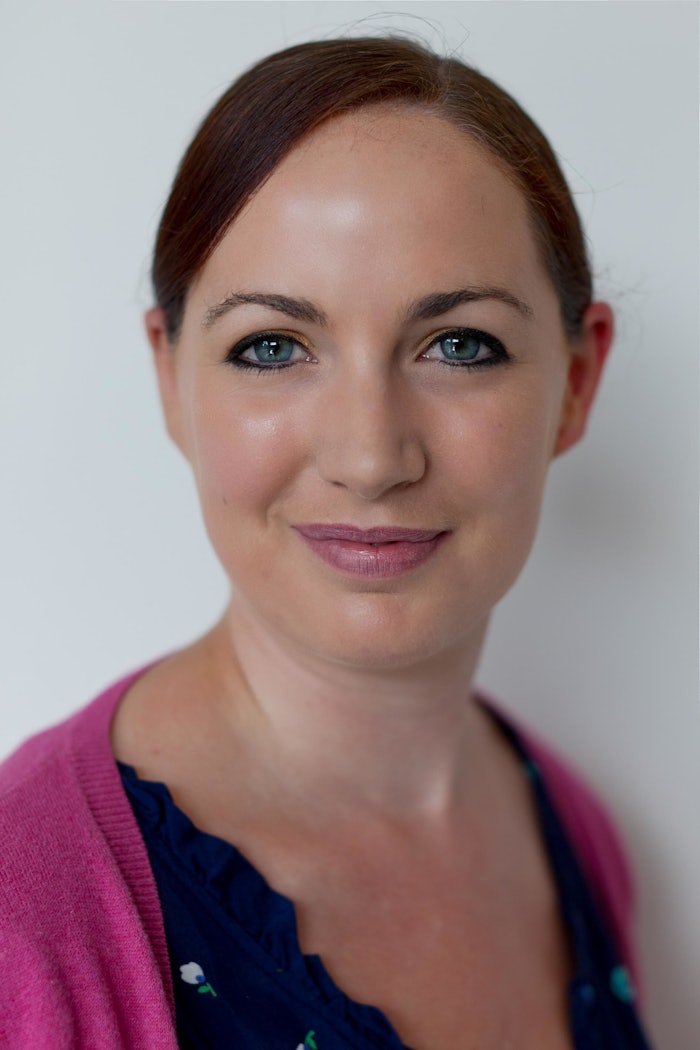
Beauty consumers have taken an introspective turn into emotional well-being. Oriflame's newly released Beauty and Well-being Report highlights this transformation, revealing that beauty rituals are no longer just about aesthetics — they're tools for self-care, confidence and emotional grounding.
This article is only available to registered users.
Log In to View the Full Article
Beauty consumers have taken an introspective turn into emotional well-being. Oriflame's newly released Beauty and Well-being Report highlights this transformation, revealing that beauty rituals are no longer just about aesthetics — they're tools for self-care, confidence and emotional grounding.
To delve deeper into these findings and what they mean, we connected with Nicola Robertson, senior manager of performance testing and evaluation in global R&D for Oriflame. Robertson led the research study and here, she shares her perspective on how these insights will shape the future of beauty.
Wellness-beauty Connection: More Emphatic Than Expected
To the cosmetics R&D industry, the integration of wellness and beauty is perhaps not all that surprising. Studies uncovering mind-brain-beauty connections continue to emerge, especially as advances in test methods and technologies have corroborated long-held anecdotal beliefs. What is surprising is the strength with which the two have bonded.
As Robertson explains, Oriflame, as a social selling company, has the privilege of being tightly connected with consumers and communities, hearing their voices and opinions directly. "And it’s through engaging with them not only post-launch, but also during product development that we already had an appreciation of the value women place in a beauty routine."
However, the results of the survey still surprised them. "[W]e didn’t envision such an emphatic response on the emotional resonance that beauty holds." For example, Robertson highlights how women ranked feeling more positive about life and achieving a sense of inner peace through beauty as the second and third top-rated statements in terms of importance to beauty. "[It] was not something we imagined," she says.
"The overall consumer perspective in terms of the beauty and well-being link coming from this study (95% of women recognize a link, 42% a strong one) is very much aligned with who we are and what we believe as a brand," she adds. "In recent years, we have been witnessing the merge of beauty, health and well-being not only in terms of the consumer understanding, but also with regards to the science."
According to Robertson, their study shows the strength of the beauty and well-being connection for consumers. She notes, though, that sadly, what is not surprising is the disconnect between societal perceptions of beauty (as experienced by women) and how women themselves perceive beauty. "The unfortunate reality for many women is that their lived experience is one where emphasis is predominantly on beauty’s physical connotations," Robertson explains.
This is at odds with the individual women who appreciate beauty beyond just the surface — for them, it is a blend of inner and outer qualities. "It’s frustrating that the measure of beauty in our modern world doesn’t quite match up to our own," Robertson says. "Society has a lot of catching up to do with half of the population!
"Brands should also take note — beauty is so much more than what is reflected in the mirror," she continues. "Women know this. They feel this. All responsible beauty brands can and should work harder to reflect this in their approach, how they engage with their consumer, and the solutions they create."
According to Robertson, it is also no surprise that longevity is one of the most highly-sought beauty and health interventions, especially among older adults. Globally, 55% of the women surveyed rated longevity as important and this percentage increased with age: to 63% for those ages 55 to 64, and to 78% for those 65+. Longevity is also relevant to younger women: more than half of 35 to 54-year-olds (56%) surveyed, and almost half of 18 to 34-year-olds (49%) rated it as a top intervention.
"We have experienced a big change in how consumers define beauty and this report is further evidence of that — the move from anti-aging to youth extension, from general well-being to more evidence-based quality of life," Robertson observes. "Longevity is a strategic scientific territory in Oriflame and many other brands for good reason. What we want to bring are solutions that go beyond traditional products, integrating nutrition, supplements, stress management and personalized products to support beauty at every level."
The Rising Significance of Product Experience
With beauty consumers turning toward emotion, what does this mean for claims, testing and formulation? "Efficacy is still the main priority for consumers but from the research, we see that product experience plays an increasingly significant role in the beauty journey," Robertson highlights.
"Elements such as texture, scent and even packaging create a sense of ritual, and each can contribute to the emotional return women enjoy from investing in beauty." She adds that product developers should bear in mind that experience is a fundamental part of overall product performance: a pleasing, indulgent texture in a cream, for example, will encourage more regular and consistent application because the user enjoys the very act of applying. And consistency, in turn, is critical to achieve the expected results.
"We should also consider cultural and market preferences regarding texture and scent," she emphasizes — "one texture for a global consumer base may not hold up to either cultural or climactic differences and needs."
Sensory testing and evaluation should therefore play a larger role in product development, as well as claims testing and performance evaluation, Robertson notes. "...[I]ncreasingly, we investigate the emotional response to our products, especially with regards to confidence and self-esteem. These are potential benefits [that] have perhaps been overlooked in the past."
Integrating Wellbeauty and Personalizing Products
According to Robertson, it is clear from this report that product developers should not forego enhancing the emotional pay-off of the products in place of efficacy. "We need to think instead [of] how best to design for a pleasing texture, a joyful application and an uplifting fragrance to boost feelings of happiness, positivity and relaxation, in tandem with delivering tangible results," Robertson explains.
"And when speaking to the consumer, we should give more space to elevate the mood-based benefits within beauty products as these clearly resonate with women," she adds.
And interestingly, different product anxieties emerged among the different markets. "In India for example, there are concerns about product safety and ingredients (42%) and feeling judged by others based on appearance (38%)," notes Robertson, "whereas in the UK, unrealistic beauty standards in media and advertising (47%) and comparing oneself to others (40%) are the top stressors."
Taken together, Robertson believe product developers should focus on creating more personalized solutions that are tailored for different life stages, skin types and specific consumer and regional needs.
"They should zone in on the diverse needs of consumers across their market – each has its own unique set of pressures, as well as cultural and societal norms, all of which influence attitudes and expectations within beauty. Put simply, what speaks to a Gen Z consumer in India will not have the same relevance to a 44-year-old in the UK," she says.
Wellbeauty Perceptions and Interventions: Differences Between Markets
Delving deeper into regional perceptions and interest in wellbeauty, Robertson highlighted several key findings from the report. "These reflect the diversity and influence of culture, economics and demographic, which all need to be considered when tailoring products and communication for each market.
- Desired beauty and wellness educational content: Globally, skin care routines for life stages (42%) and relationships between nutrition and beauty (41%).
- Drivers of overall well-being: In India and Mexico, financial well-being is the top driver. In Poland, emotional well-being is the most important driver (25%).
- Supplement use: Globally, vitamins are the most-consumed supplement (78%). In India, herbal and natural supplements are highly consumed (59%) whereas in China, probiotics and collagen are popular (56% and 49%, respectively). In Nigeria, fish oils and omega fatty acids are widely used (66%).
- Reasons for taking supplements: Globally, strengthening the immune system is the leading reason (63%). In India, the focus is on skin, nail and hair health (58%). In China, gut health and sleep quality are prioritized (56% and 53%).
- Nutrition-related activities: Globally, drinking enough water is the top activity (67%). In India, balanced diets and fresh ingredients are emphasized. In older groups (55+), globally, reducing sugar and maintaining routines are prioritized.
- Challenges in meeting beauty and well-being needs: Globally, affordability and choice overload are key challenges. In India, difficulty in maintaining routines is the top challenge (35%) whereas in Nigeria, a lack of money is a significant barrier (58%).
- Stressors within beauty: Globally, the expense of maintaining beauty routines is the top stressor (40%). In the UK, unrealistic beauty standards in media and advertising are the leading concern (47%). In China, a difficulty in achieving the desired results from products is the top issue (52%) while in India, concerns about product safety and ingredients are prominent (42%).
- Beauty and health interventions: Globally, personalized nutrition and skin care rank highest (64% each). In India, hormonal well-being is emphasized (50%) whereas in older groups (65+), globally, longevity is highly valued (78%).
Beauty: An Established Piece of the Well-being 'Puzzle'
According to Robertson, as this research highlights, the ongoing overlap of beauty with well-being is evident in consumer perception and consumer habits — and beauty is now "an established piece of the broader well-being ‘puzzle,’" which is anticipated to continue.
"The idea that skin is a reflection of the body’s overall health and well-being is now more relevant than ever," she adds. "Consumers recognize that what they eat and how they feel matter as much to their beauty as the products on their bathroom shelf, and vice versa. Beauty is not a frivolous pursuit!" Robertson highlights.
"We predict greater focus by the industry on inside-out beauty, as much as outside-in beauty, as well as women’s health and neurocosmetics, with innovations developed in the context of the multi-factorial nature of beauty and well-being," she concludes.
